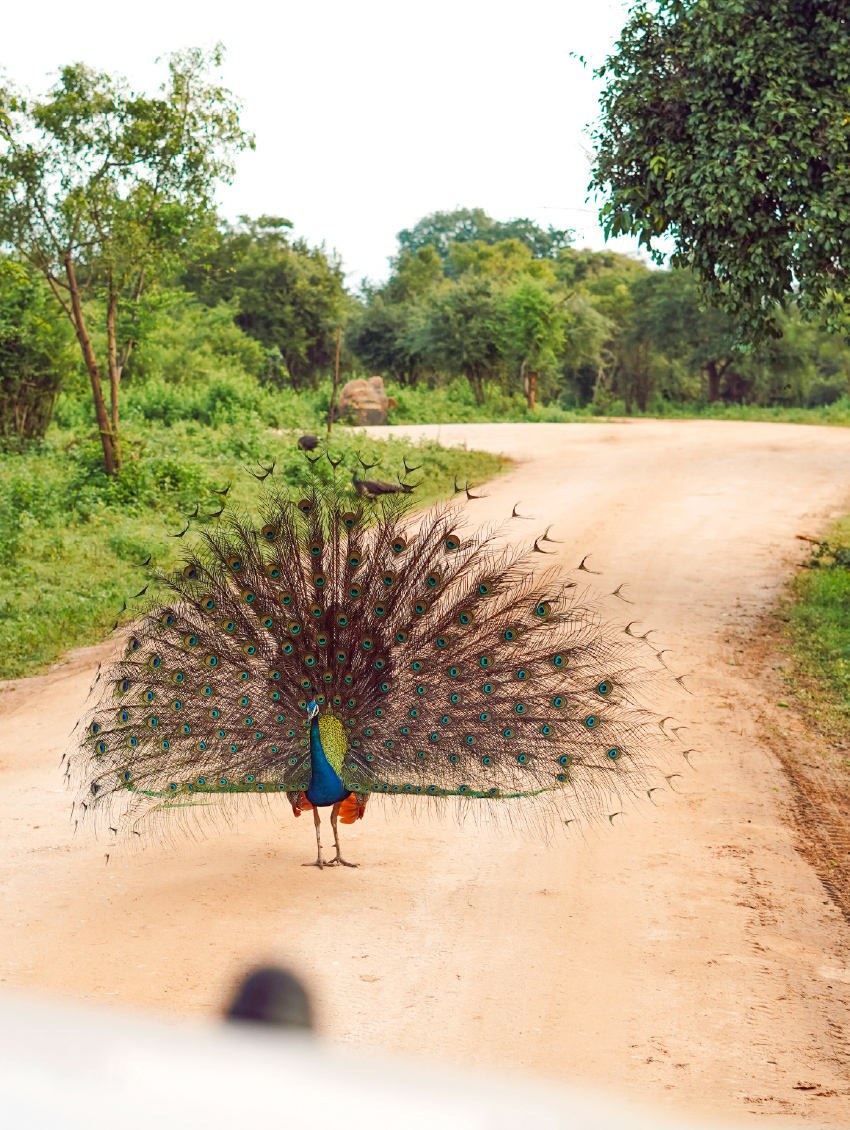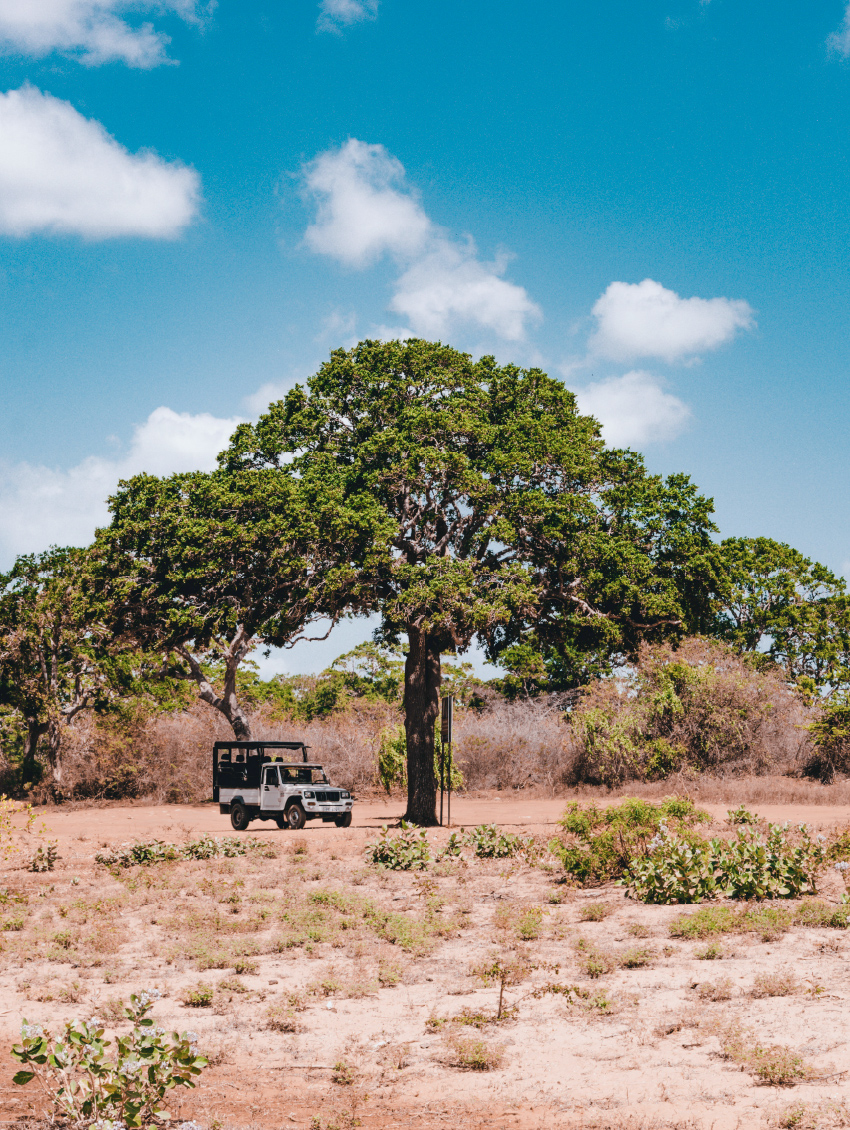
BOOK


CHECK RATES AND AVAILABILITY
Your island escape, just a few clicks away.
Check in | Check out
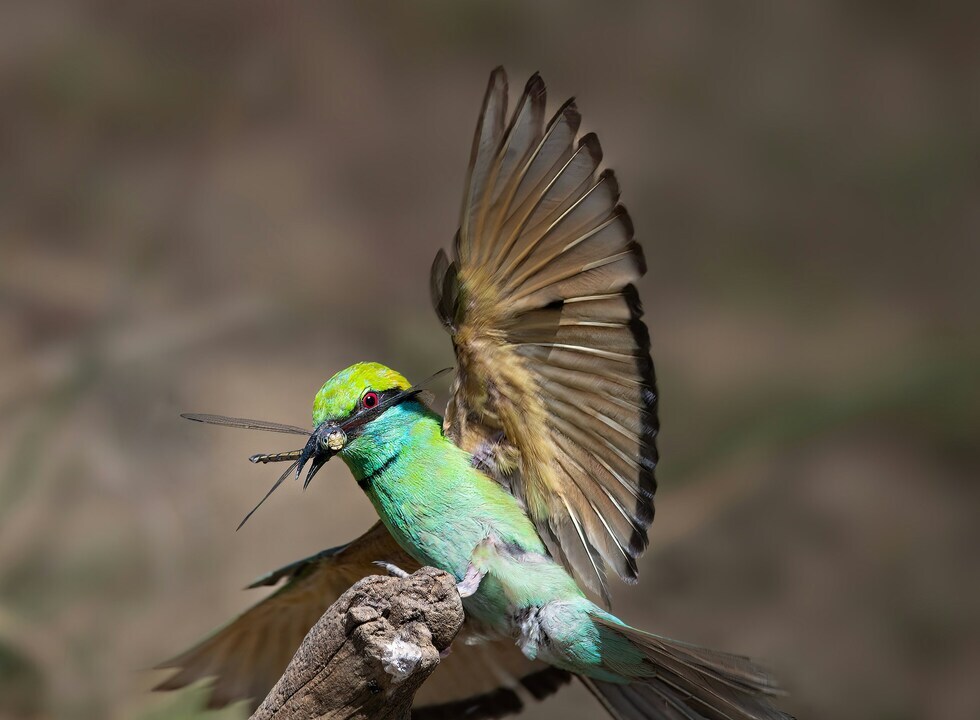
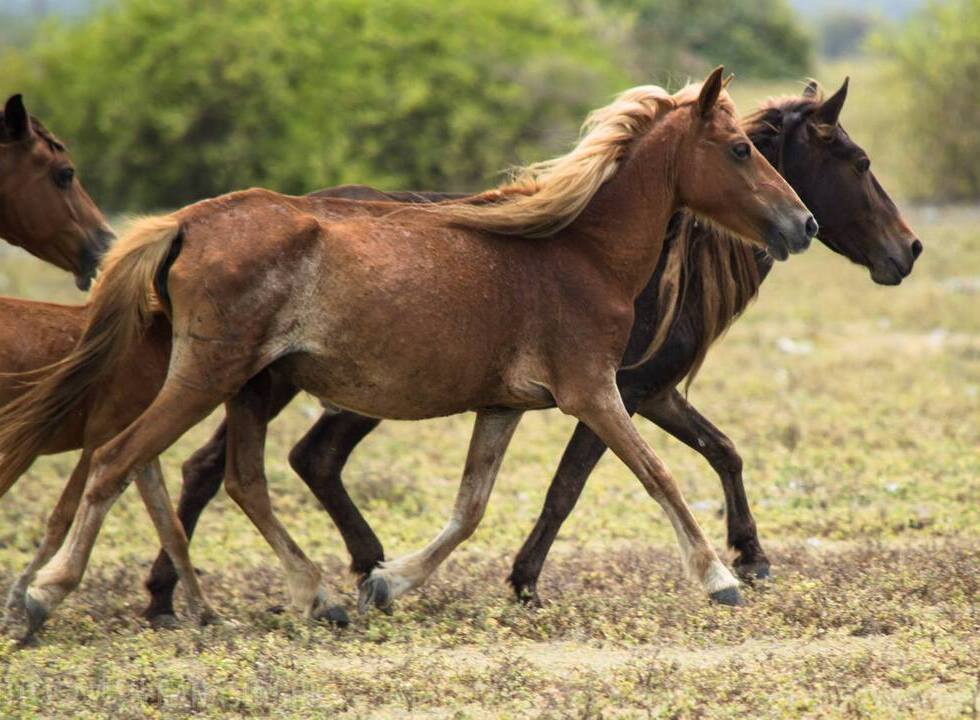
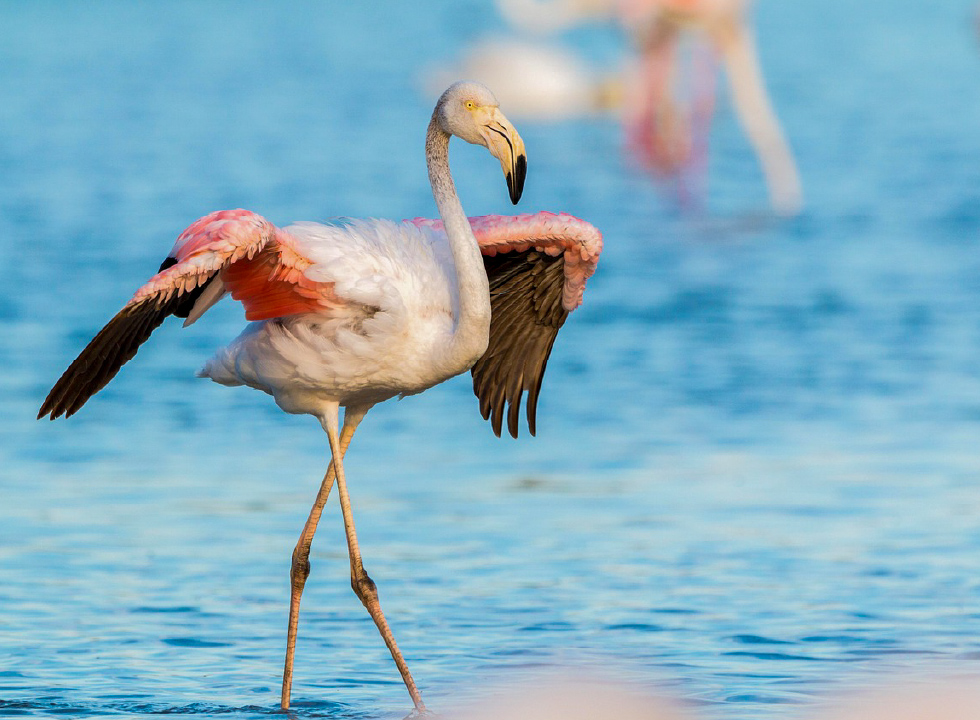
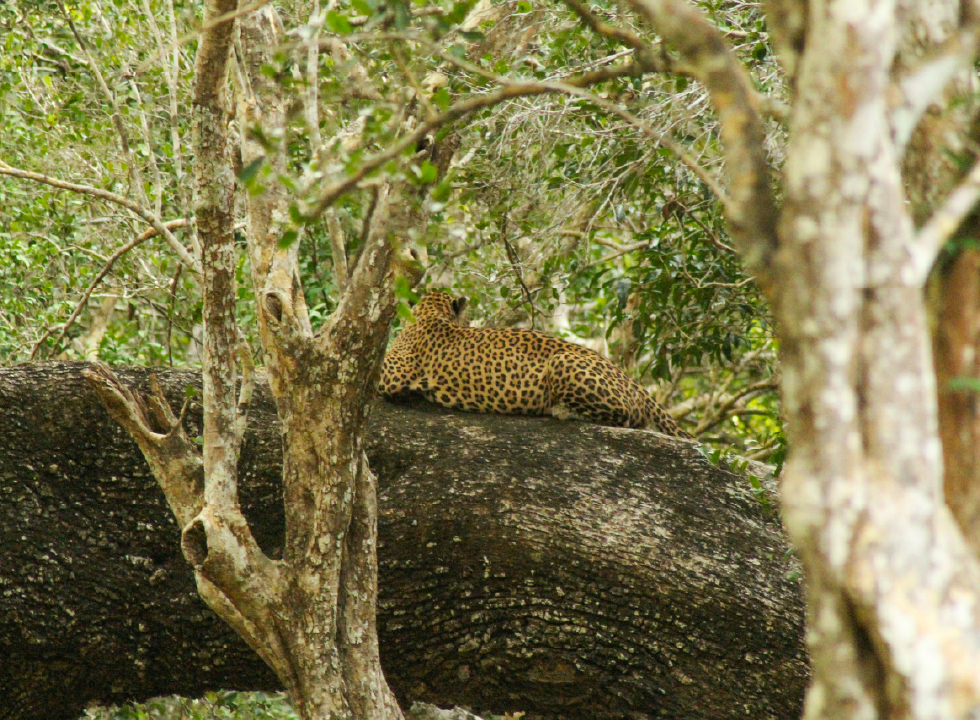
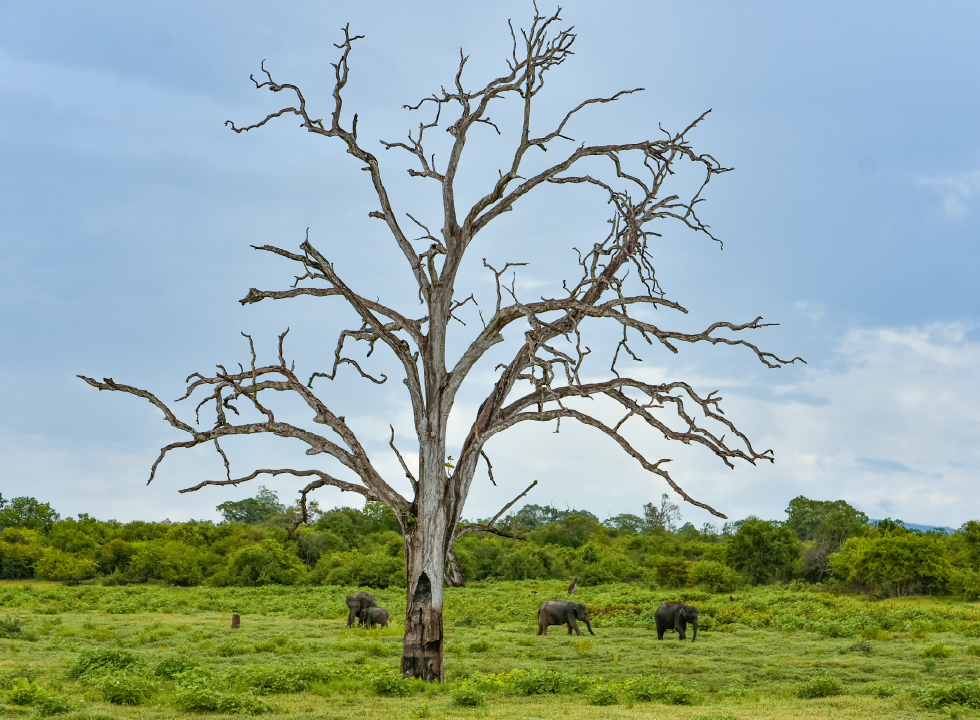
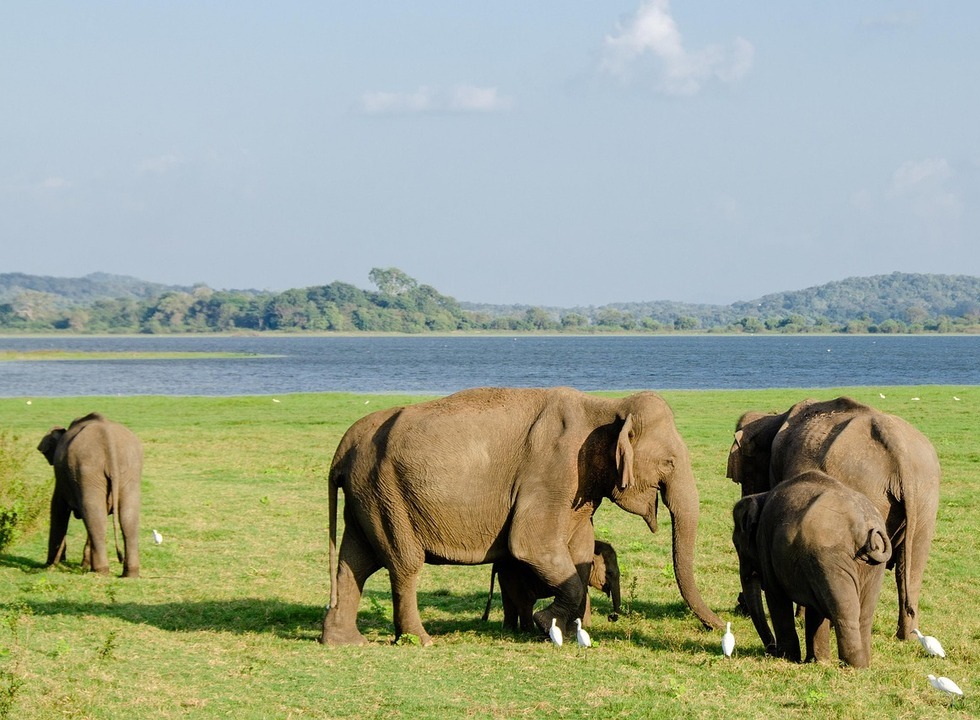
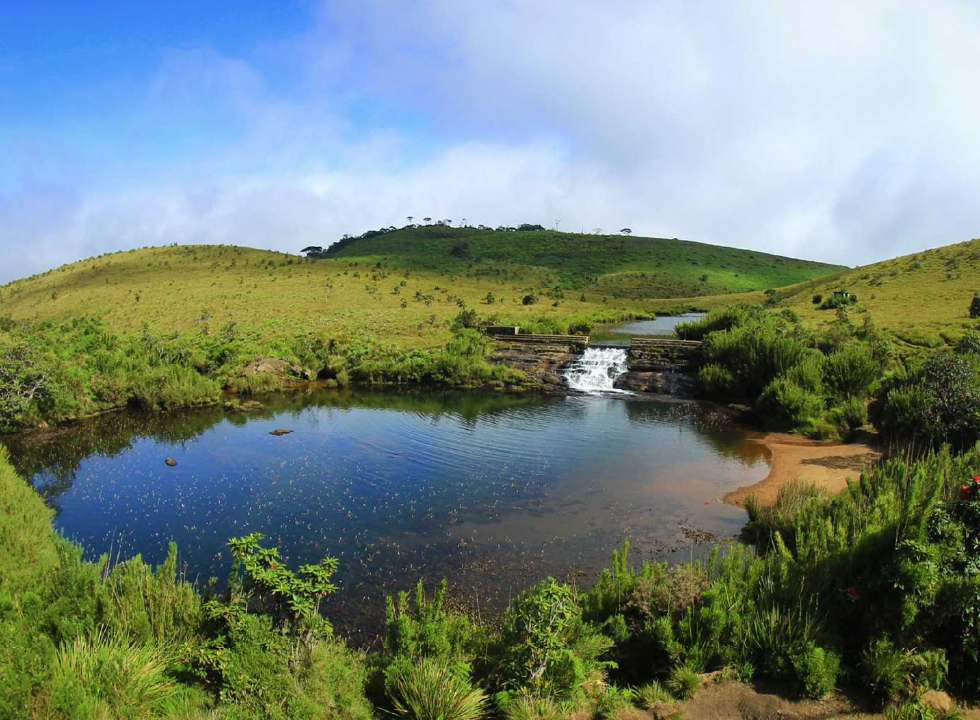
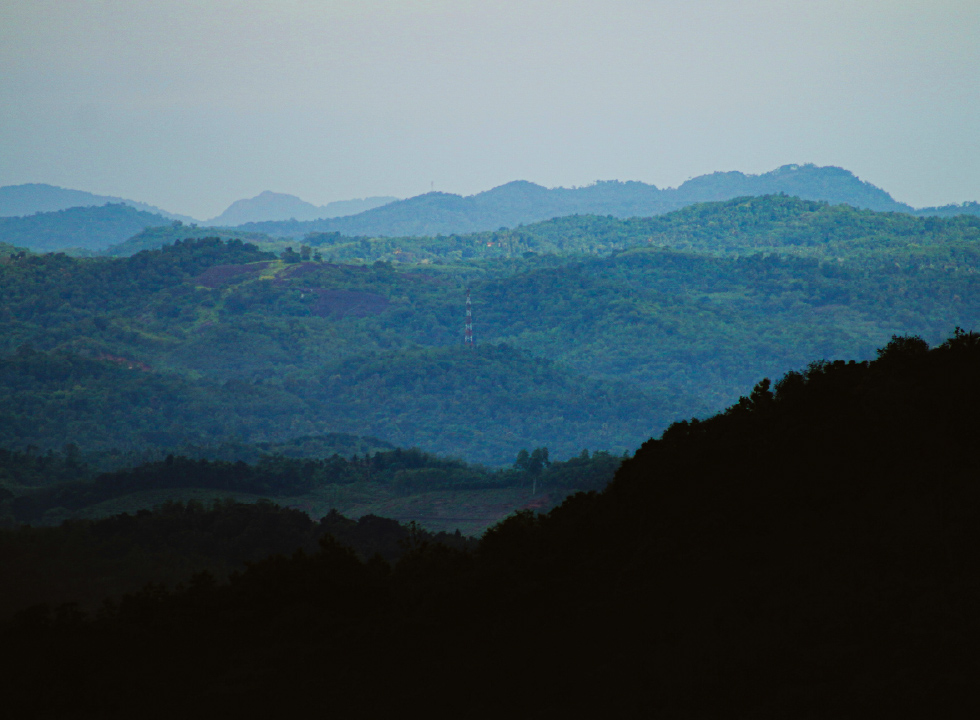
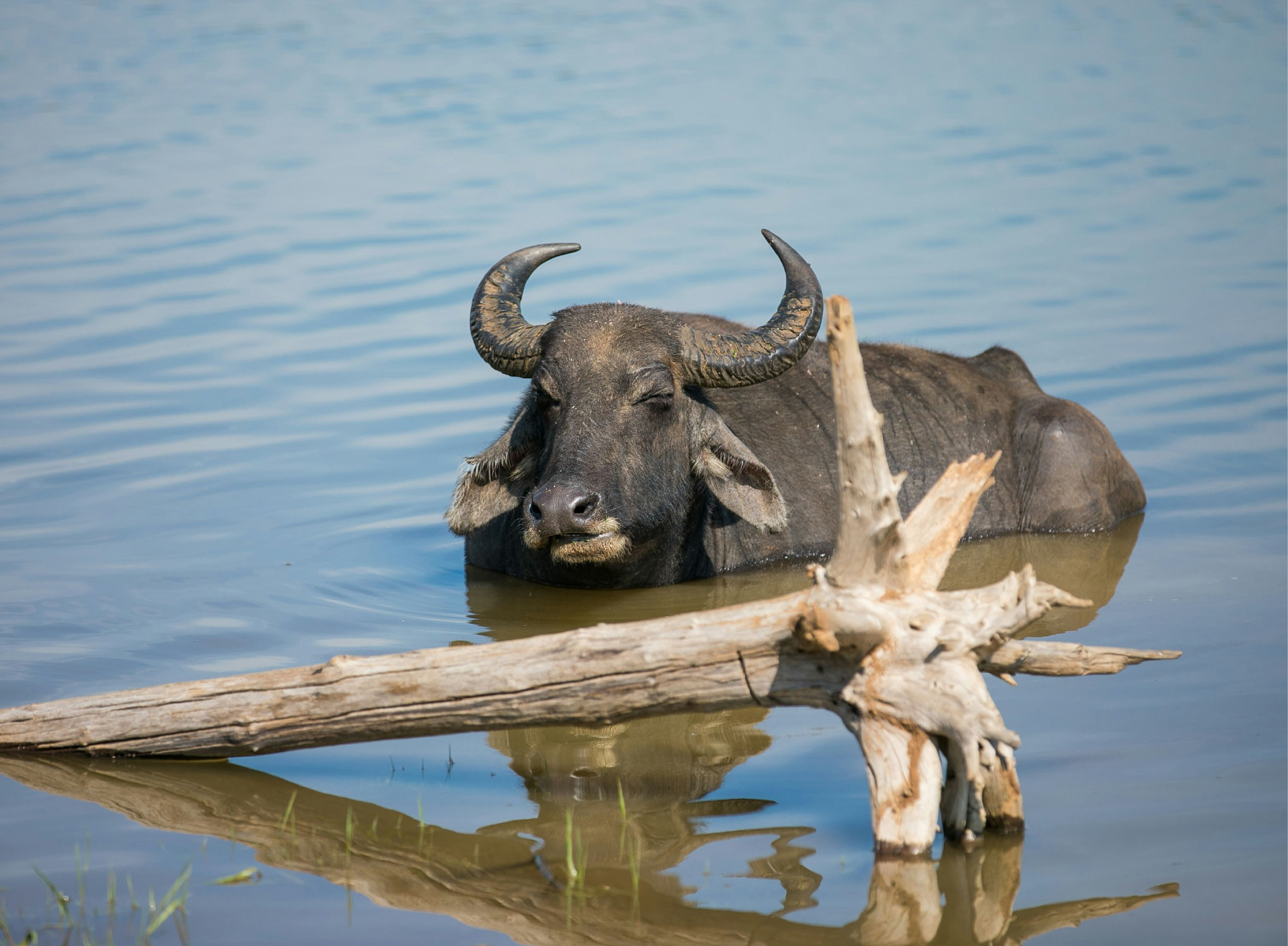
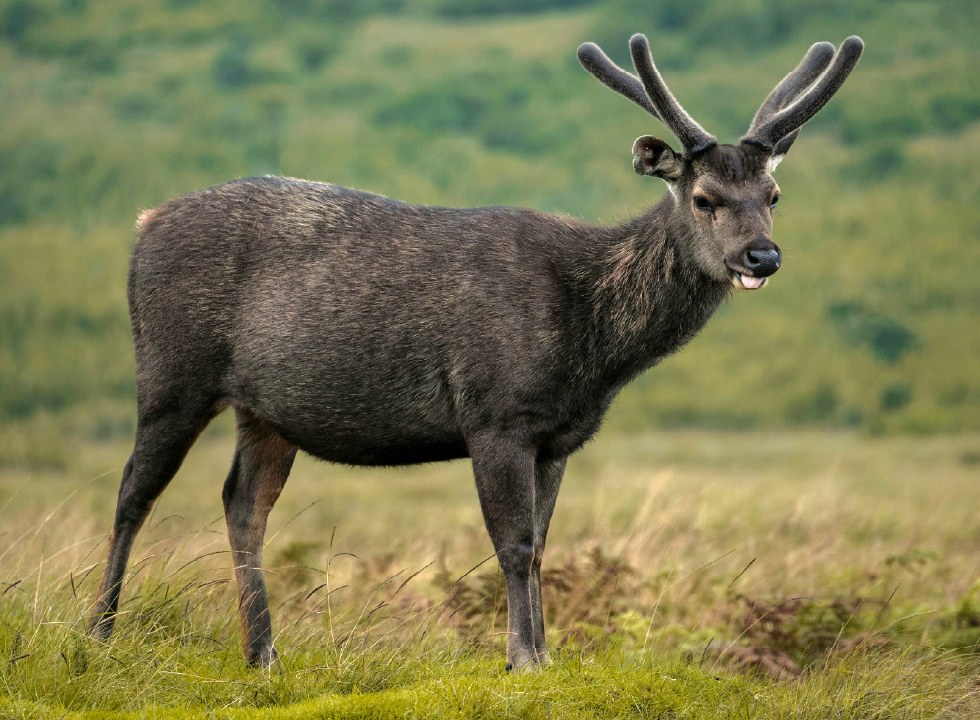
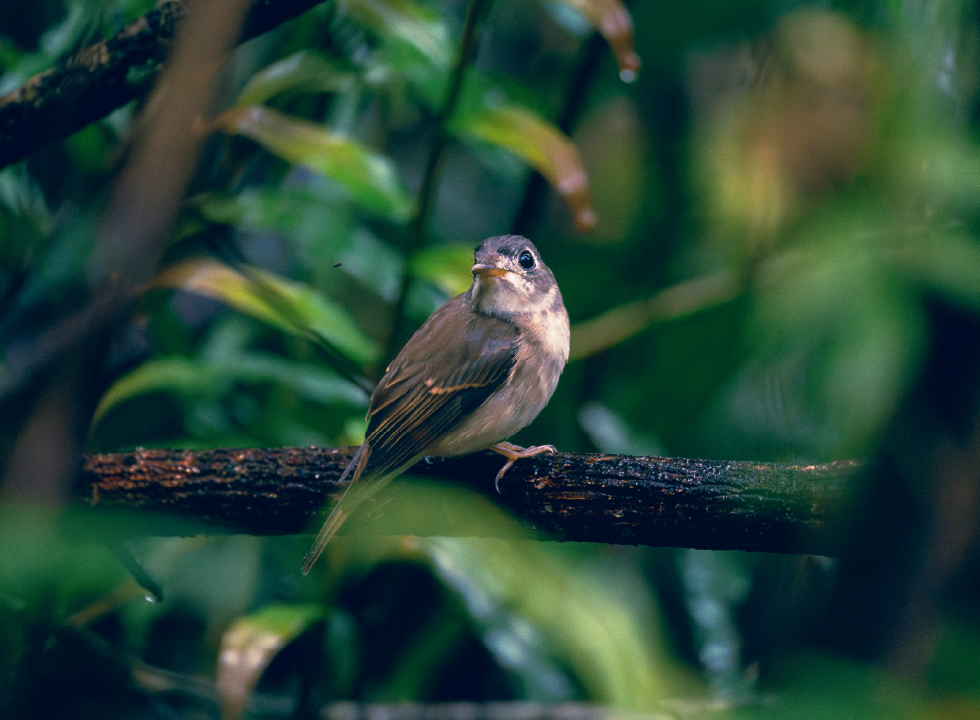
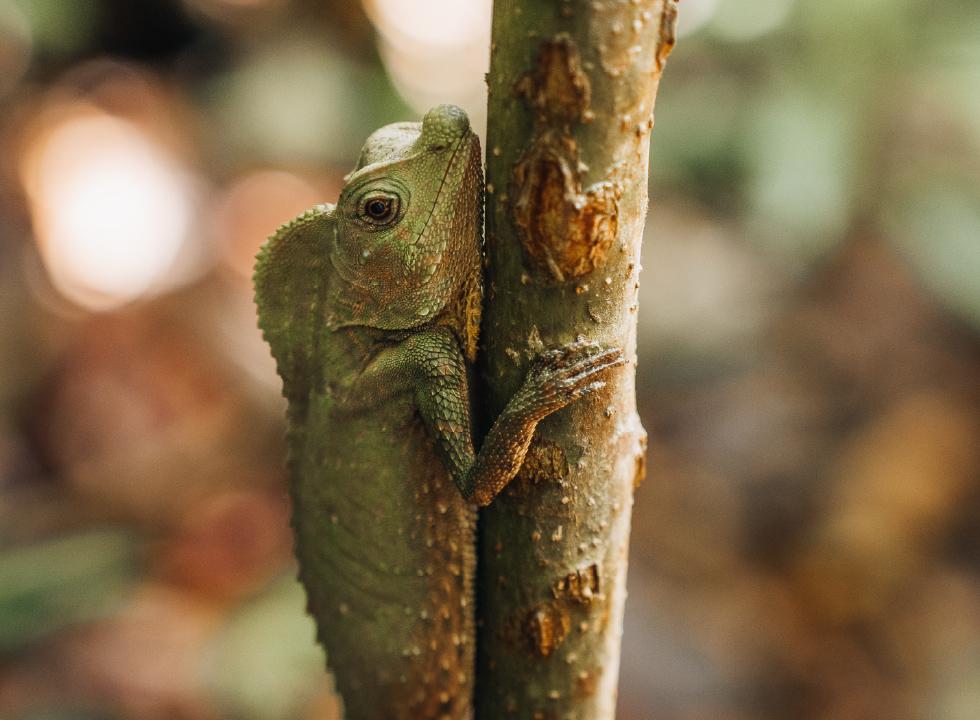
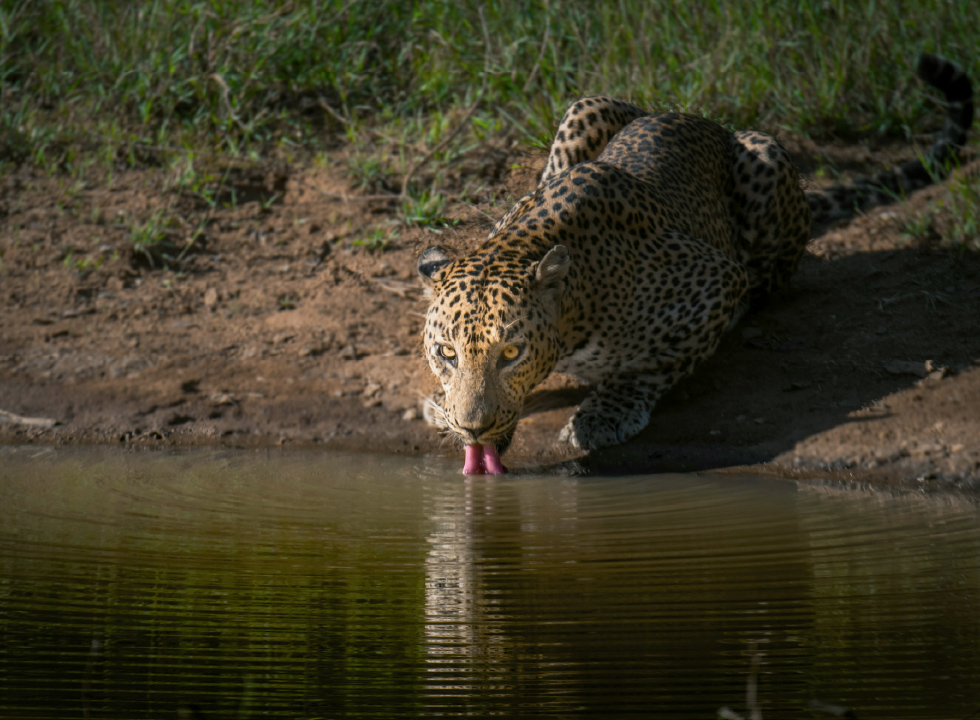
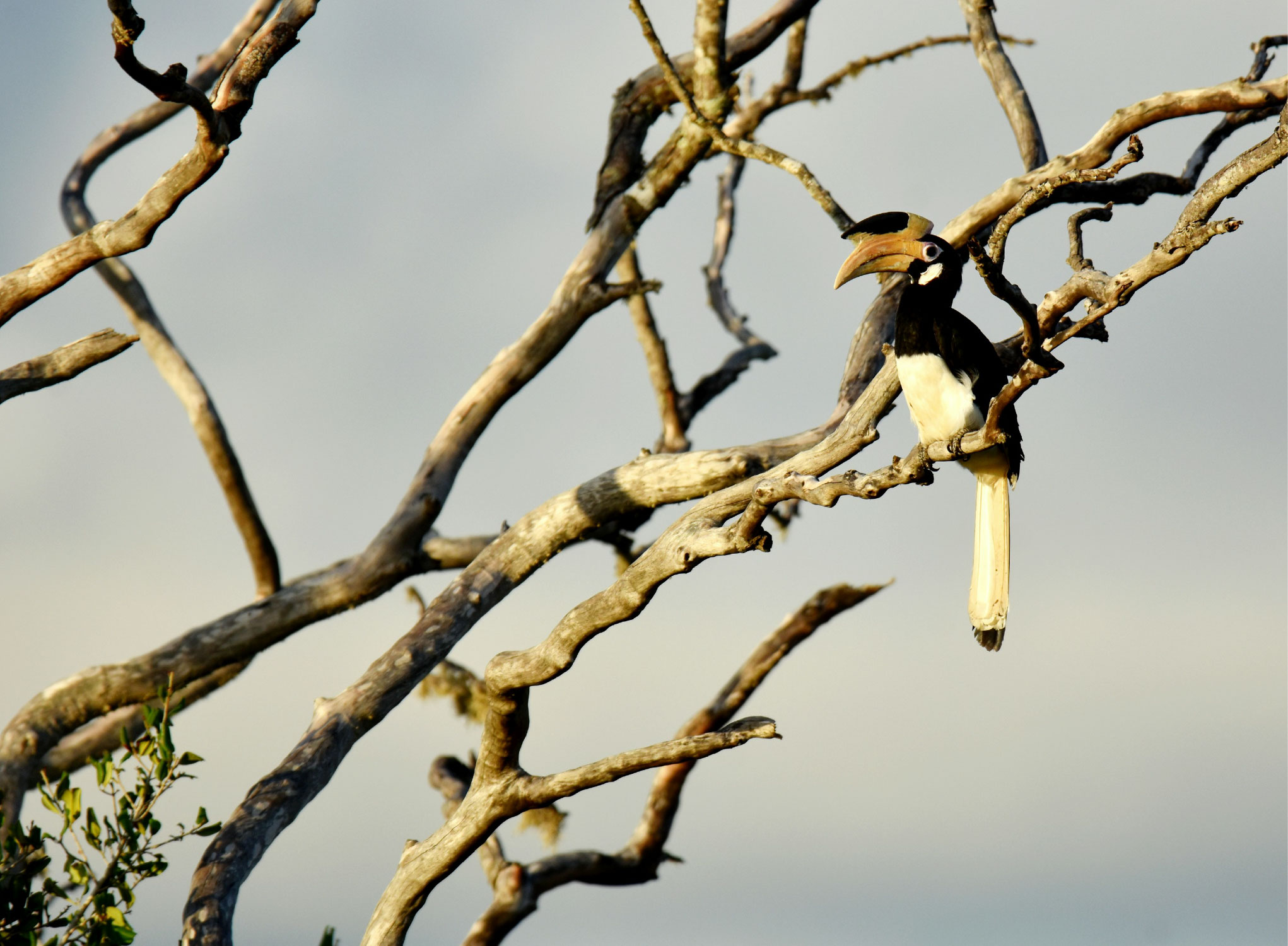
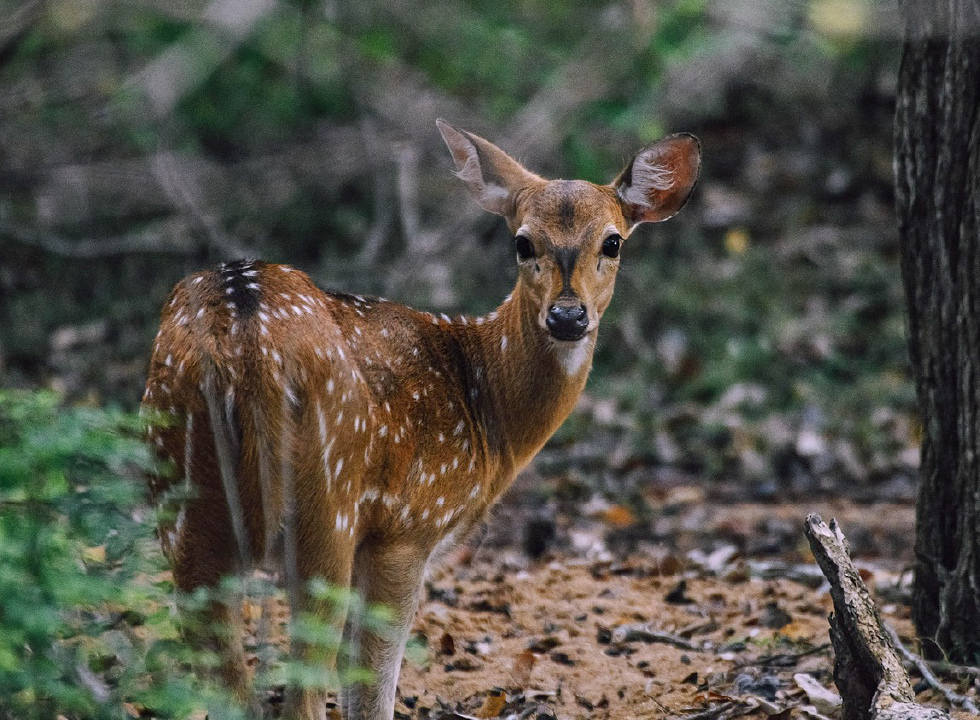
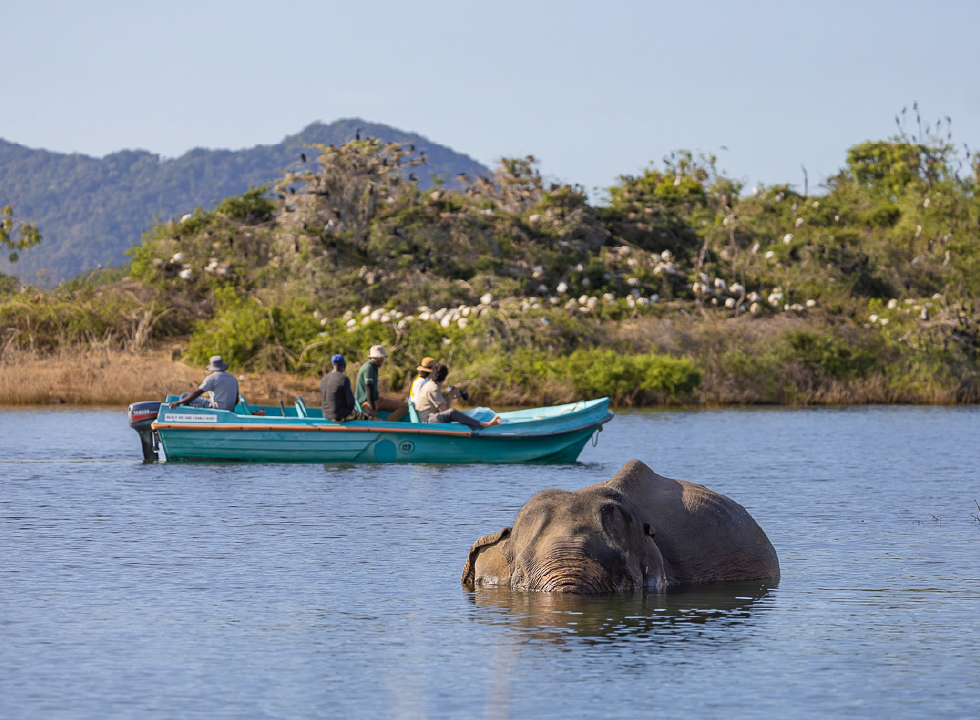
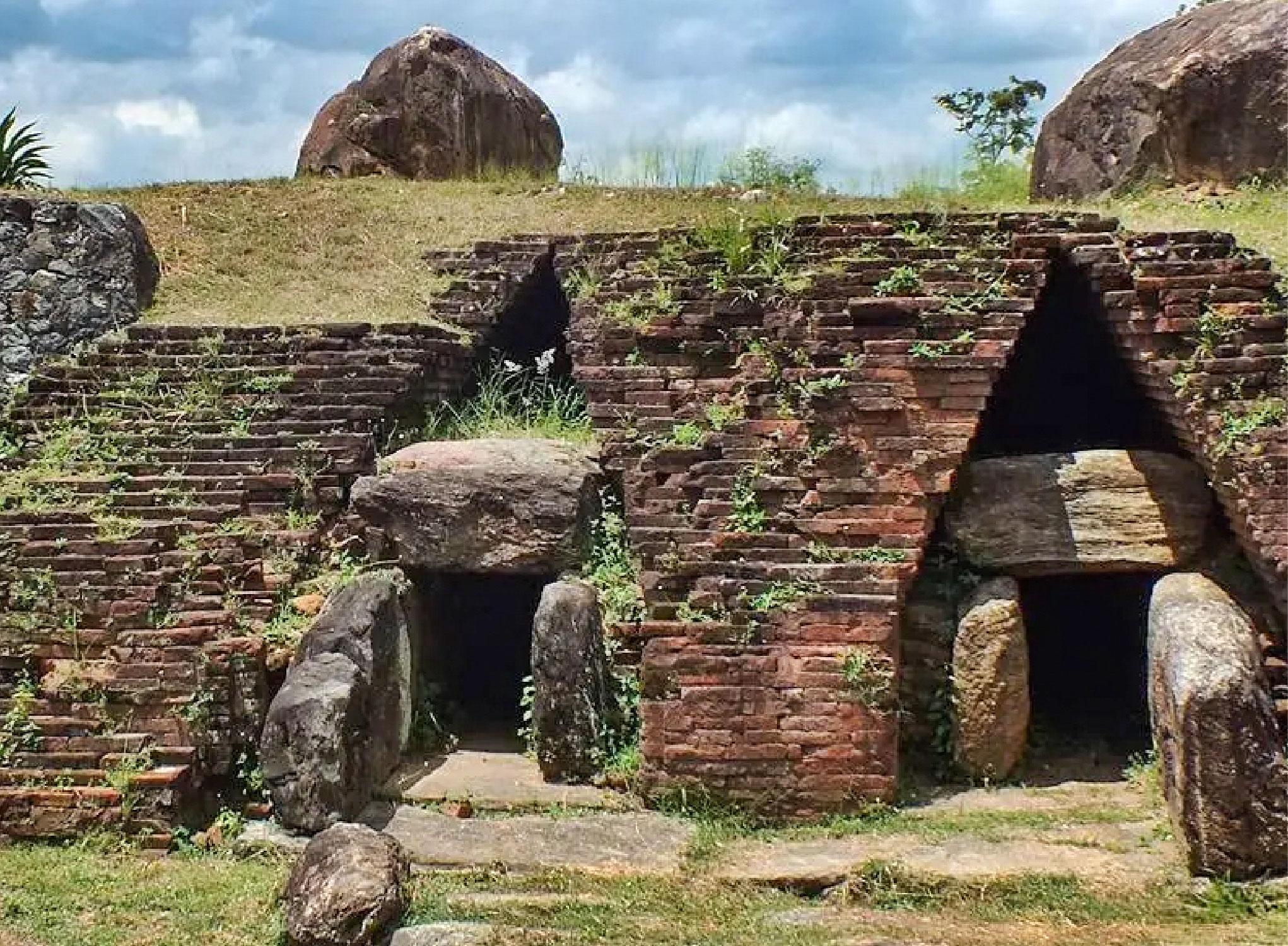
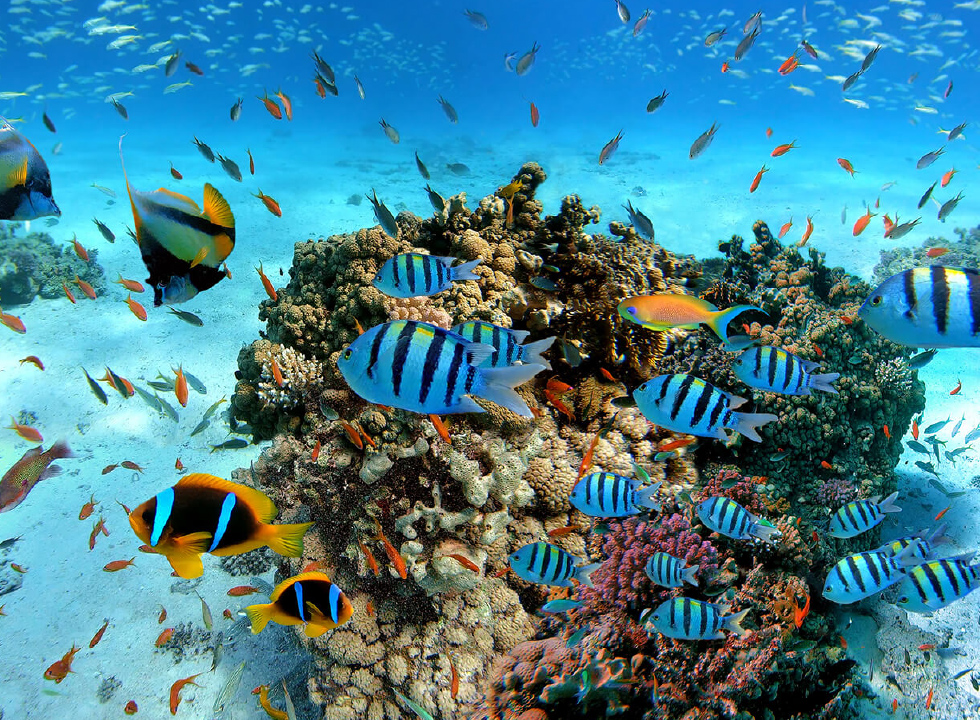
Q: How does a Sri Lankan wildlife encounter compare to Africa?
Sri Lanka’s wildlife experiences can’t be compared to African safaris. Unlike Africa, where you may need to cover long distances between reserves, Sri Lanka’s remarkable biodiversity is concentrated within a compact area, allowing you to explore multiple parks in just a few hours. Another key difference is in safari models: Africa offers both national parks and private reserves with controlled vehicle access for more exclusive viewing, while Sri Lanka operates solely under the national park system, where crowd management is limited and private access is not available. Finally, wildlife viewing in Africa is often easier thanks to wide open plains, whereas Sri Lanka’s national parks feature denser forests interspersed with clearings, creating a different kind of safari experience.
Q: What are the accommodation options for a Sri Lankan safari?
In Sri Lanka, safari accommodation differs from the African model where lodges are often located inside the parks. Here, all hotels or tented camps are set just outside the park boundaries. You can choose from a wide range of accommodation – from simple setups to luxury glamping experiences.
Q: Are safaris in Sri Lanka safe?
Yes. Safaris with reputed operators are always conducted in 4×4 jeeps with experienced naturalists or guides and drivers who understand animal behaviour. It’s important to follow your guide’s instructions and avoid feeding or disturbing wildlife.
Q: What is Sri Lanka’s Big 5?
While Africa is famous for its vast savannahs and iconic ‘Big Five’ – lion, leopard, elephant, Cape buffalo, and rhino –
Sri Lanka offers its own unique ‘Big Five’: leopard, elephant, crocodile, buffalo, and sloth bear.
Q: How long does a typical safari last?
Most jeep safaris run for 3–4 hours in either the early morning or late afternoon when wildlife is most active. Full-day safaris are also possible in larger parks like Yala and Wilpattu.
Q: Do I need to book safaris in advance?
It’s advisable, especially for popular parks like Yala and Udawalawe, where availability can be limited during peak season (December to March and July to September).
Q: What should I wear on safari in Sri Lanka?
Light, breathable clothing in neutral colours (khaki, olive, beige) is best. Bring a hat, sunscreen, and insect repellent. A light jacket may be needed in cooler parks like Horton Plains.
Q: Can I do walking safaris in Sri Lanka?
Most parks only allow jeep safaris for safety, but a few hotels/camps offer nature walks on the borders of the park accompanied by rangers or naturalists. Sinharaja Rainforest and Horton Plains offer guided nature walks and trekking experiences. Gal Oya is unique for its boat safaris, sometimes with chances to see swimming elephants.
Q: What animals can I expect to see?
Big mammals: Leopards, elephants, sloth bears, sambar deer, wild buffalo.
Birdlife: Over 400 species, including hornbills, kingfishers, storks, and seasonal flamingos.
Reptiles: Crocodiles, monitor lizards, and snakes
Endemics: Rusty Spotted Cat, the smallest wild cat in the world, many species of birds, amphibians, and primates found only in Sri Lanka.
Q: Are national parks suitable for children?
Yes, but it depends on the child’s age and interest. Shorter safaris (2 to 3 hours) in Udawalawe or Minneriya are ideal for families, while longer, rougher drives in Yala or Wilpattu may be better suited to older children.
Q: What are the entrance fees like?
Fees vary by park but usually range between US$ 25 to 45 per adult (plus jeep hire and guide charges). Rates are lower for children.
